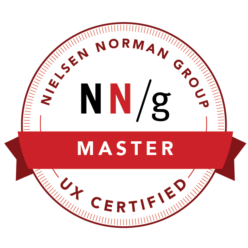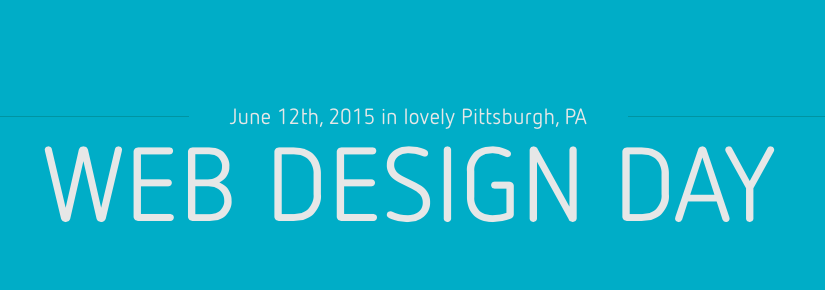I recently attended Web Design Day in Pittsburgh, Pennsylvania. In regards to web-specific content, the usual litany from all of the speakers was concerning:
- Make ‘To Don’t’ Lists
- Create Editorial Styles & Structures
- Make Your Forms Accessible & Easy
- Mine for Data in Kick-Off Meetings
- Create A Performance Budget
- Use Content Strategy
Is it just me, or does the bullet-ed list above sound like the same old stuff that all speakers have been saying in every web convention for the last couple of years? It seems like every conference I go to is about the same stuff… funny enough, and without naming particular conference or speaker names, but last year I actually saw the same presentation from the same celwebrity (Urban Dictionary-pending), from a different conference two years earlier. Seriously!?!
I’m disappointed to say that nothing ground-breaking was introduced, nothing was really ‘new’, and my mind wasn’t blown by any of the Lightning Talks (but the same could be said by some for Nintendo’s E3 presentation this year)… however, isn’t this the state of the web right now?
With templates, frameworks, CSS pre-processors, and JavaScript libraries is anyone excited anymore? I remember being excited when the call for Lightning Talks came out earlier this year, and I thinking to myself that my talk was actually something that I haven’t heard mentioned at a webdesign conference – usability testing.
I thought to myself, “how can someone call themselves a Experience Designer, and Experience Architect, a UX Designer, or a UX Architect when they have never conducted usability testing on their products,” and that this would be a perfect submission.
https://twitter.com/tim_broadwater/status/609378854118014976
Ultimately, my Lightning Talk submission wasn’t accepted, which was ok, but I still think usability is something that desparetly needs addressed by designers and front-end developers. Anywho, I don’t want to sound like a hater or troll, but my Lightning Talk submission was:
Research + Usability Testing = Website Realness
If you were to draw your creative process, what types of research would it include? After you launch a website, is Google Analytics what you’re calling usability testing? This post focuses on the before and after of the website design process: research and usability testing.
There are different types of research – qualitative, quantitative, usability, visual, etc. – that web designers can employ before building in the browser, gathering JavaScript libraries, or making style tiles; are you doing your homework?
Also, ‘biting the bullet’ on usability testing is not as hard as some web designers think. Are you really fulfilling your responsibility to the user when it comes to website usability testing? Testing can reveal a lot of different information than Google Analytics about how people are using your website, and not in the way you might think.
I will say that I was actually impressed with the amount of messaging from all of the speakers across the board, which spoke to embracing freedom on the web, being anti-framework, respecting yourself as a generalist, and reducing your stress. It is almost as if we are in the postmodern age of webdesign, anything can go and work, and websites and webapps can be as duplicative and self-referential as we want them to be.
https://twitter.com/tim_broadwater/status/609433961253597185
In closing, I think that the takeaway for me that is most evident is that I need to focus more on design and front-end development from a usability testing focus, not listen to all of the fads, hype, and trends with webdesign because it is a very narrow field within design in general, and to pursue more diversified and provocative conferences that specifically interest me going forward.
https://twitter.com/tim_broadwater/status/609467547495321601
I had great luck with Usablity Week this year, so maybe I need to look towards something like Lean UX, UX Intensive, or UX Week.

